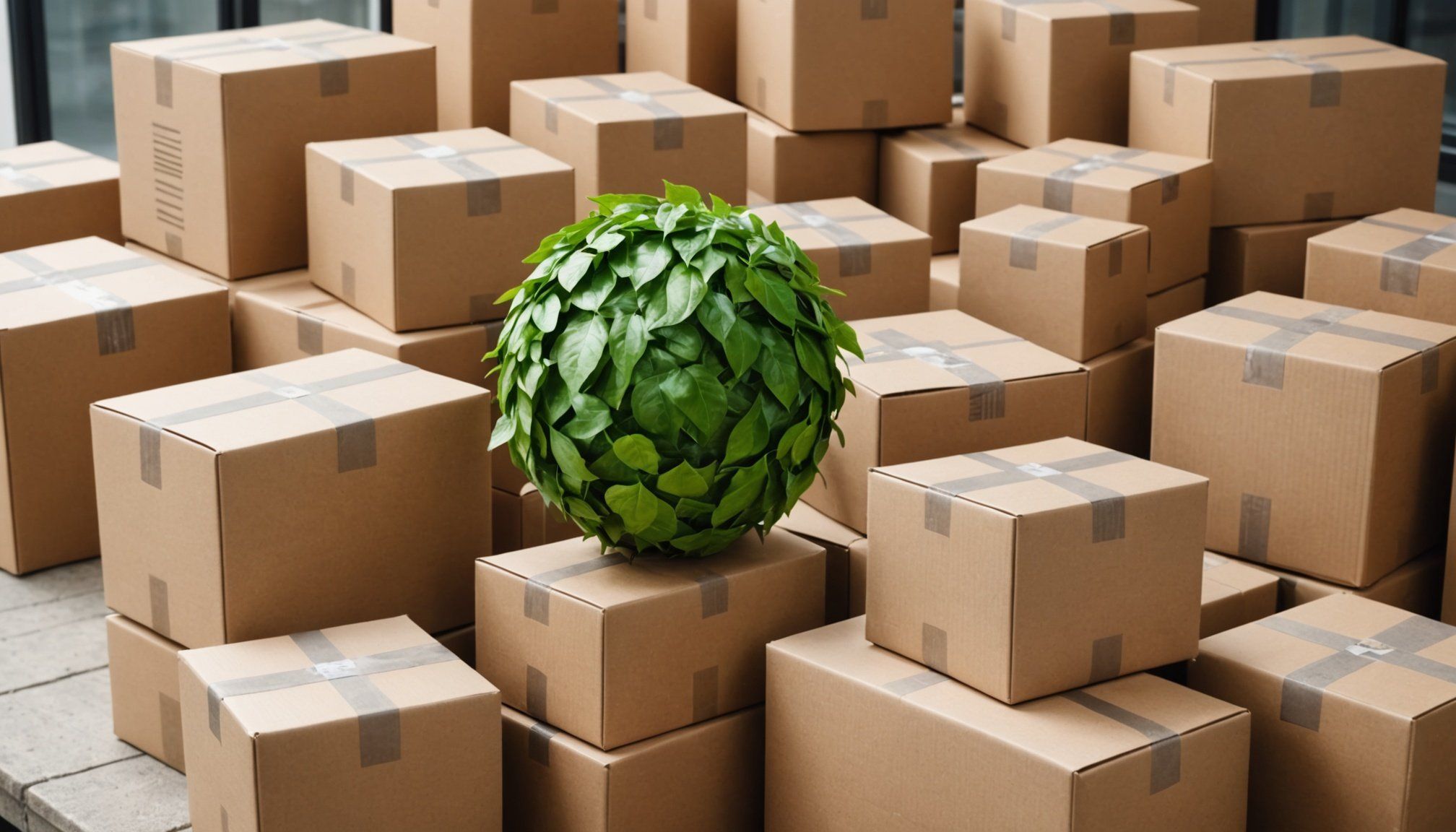Overview of Green Regulations in the UK
Current UK packaging regulations are steering companies towards sustainable practices. Packaging firms are finding themselves in a landscape shaped by stringent sustainability standards designed to minimise environmental impact. These standards mandate reductions in packaging waste and encourage the use of recycled materials. The importance of adopting such measures cannot be overstated, as they not only support the environment but also enhance brand reputation. Companies failing to adhere to these compliance guidelines may face serious repercussions, including fines and damage to their public image.
With growing pressure to reduce carbon footprints, the packaging industry must prioritise eco-friendly methods. Sustainability in this sector is not just a legal requirement but an opportunity for innovation and leadership. Being proactive in legal adherence not only complies with regulations but also aligns with consumer expectations and market demands for green practices.
Also to read : Ultimate Compliance Handbook for UK Digital Health Firms: Mastering Telemedicine Regulations
Non-compliance carries significant risks—both financially and reputationally. Moreover, failing to meet the outlined guidelines could exclude brands from environmentally conscious markets. Understanding and adapting to these regulations is crucial for any business looking to maintain competitiveness and integrity in the evolving packaging industry.
Case Studies of Successful Compliance
Examining how industry leaders achieve compliance provides valuable insights into sustainable practices. By following real-world examples, businesses can learn effective compliance strategies and understand the benefits of embracing eco-friendly packaging.
Also to read : Creating an engaging english program for children made easy
Case Study: Company A’s Journey to Compliance
Company A transformed its operations by integrating sustainable practices into every aspect of its packaging process. By thoroughly analysing regulatory requirements, they identified key areas needing improvement. Their focus on eco-friendly packaging led to significant material innovation, sourcing recycled materials for production. Despite challenges in sourcing and cost management, Company A demonstrated that rigorous commitment to compliance can enhance their market position and consumer trust.
Case Study: Company B’s Sustainable Packaging Initiative
Company B faced initial difficulties with compliance strategies, primarily due to complex supply chain dynamics. They overcame these challenges by fostering partnerships with material innovators, ensuring a robust selection of sustainable materials. Additionally, by adopting a circular economy approach, Company B not only met compliance guidelines but also reduced waste and improved operational efficiency. These case studies highlight that strategic alliances and innovative thinking are pivotal in achieving successful compliance, setting a benchmark for the rest of the industry to follow.
Latest Trends in Sustainable Packaging
In the ever-evolving world of packaging, industry innovations are paving the way for exciting and efficient solutions. One notable trend is the development of green technology, which focuses on creating packaging materials that are both durable and biodegradable. Businesses are exploring sustainable options, like plant-based plastics, which decompose more quickly than traditional counterparts.
Changes in consumer behavior are crucial in driving these trends. More than ever, consumers are seeking products with eco-friendly packaging, demanding transparency and environmental responsibility from brands. This shift is urging companies to not only comply with regulations but also proactively adopt innovative practices.
Regulatory trends are also critical in shaping the landscape of packaging compliance. Authorities are now introducing stricter guidelines that mandate reductions in material waste and encourage recyclable packaging options. Businesses must stay informed and adaptive, not only to adhere to these regulations but to leverage them for competitive advantage and consumer satisfaction.
The rise of artificial intelligence in packaging design is notable, facilitating smarter and more sustainable solutions. These industry innovations not only ensure compliance but enhance efficiency, setting a precedent for future developments in the packaging industry.
Key Strategies for Compliance
Navigating the complex world of compliance strategies requires a thorough understanding of current regulations. Packaging companies need to start by identifying relevant guidelines that pertain to their specific products. This involves researching industry norms, government mandates, and sustainability standards. Keeping up-to-date with these guidelines ensures companies are proactive rather than reactive.
In terms of sustainable practices, eco-friendly packaging design plays a pivotal role. Businesses should consider innovations in materials, such as biodegradable plastics and recycled inputs, to satisfy both compliance requirements and consumer expectations. The focus on durability, alongside the capacity to decompose, addresses core regulatory needs while enhancing product appeal.
Moreover, implementing best practices involves sourcing materials responsibly, reducing carbon footprints, and adopting eco-friendly packaging solutions. Companies can leverage collaborative efforts with material innovators and recyclers to streamline their sourcing processes, ensuring compliance without compromising quality.
Innovations in material science also facilitate smoother compliance transitions. From algae-based packaging to cellulose-based materials, these options provide opportunities to align with stringent compliance guidelines effectively. By staying informed and implementing these strategies, businesses secure their place in a market that increasingly values sustainability.
Resources for Further Learning
Expanding your knowledge of sustainability resources is essential for keeping up with the latest in eco-friendly packaging. Numerous industry associations provide valuable insights and tools to help businesses remain compliant. Exploring these resources can lead to effective compliance strategies and inspire innovative sustainable practices.
Recommended Reading on Sustainable Packaging
Several publications offer in-depth perspectives on sustainable packaging. Industry reports and journals often include case studies and insights into overcoming compliance challenges. Engaging with these texts can deepen your understanding and spur new ideas for integrating eco-friendly packaging into your practices.
Workshops and Training Opportunities
Attending workshops is an excellent way to learn directly from experts. These events frequently cover the latest packaging trends and emerging technologies. Interactive training sessions provide hands-on experience in crafting solutions that align with strict compliance guidelines.
Key Organizations and Associations in Sustainable Packaging
Industry associations play a crucial role in guiding companies towards sustainable solutions. They offer seminars, webinars, and tools designed to facilitate adherence to compliance guidelines. Leveraging these sustainability resources helps businesses stay informed and agile in an evolving market.






